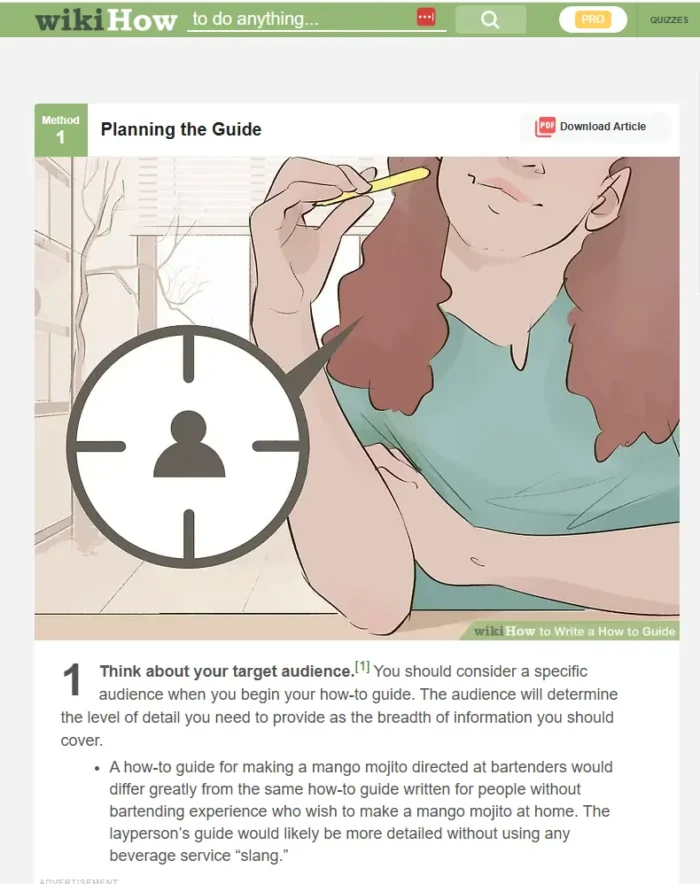9 Vegetables You Should Plant Right Now to Be Ready for Spring
Spring is my favorite time for gardening. Nobody else has gotten their plants in the ground yet, so you feel like an overachiever; you don’t need to toil under the hot sun (although you might get a bit muddy);...


Photo: AS Food studio (Shutterstock)
Spring is my favorite time for gardening. Nobody else has gotten their plants in the ground yet, so you feel like an overachiever; you don’t need to toil under the hot sun (although you might get a bit muddy); and I’m always amazed at what can thrive amid the frost.
If you followed our tips for preparing your spring garden, you may be ready to start planting now. Remember, exact planting dates will depend on your zone (I’m in zone 6b) and the days-until-harvest of your chosen plant varieties. That said, here are some of the best things to plant now so that you can treat yourself to a homegrown salad next month.
Lettuce and arugula

Photo: Schira (Shutterstock)
Lettuce loves cold weather. In fact, you need to grow it in the cold, because once the heat of summer hits, it bolts—it suddenly grows long stems and puts up a flower stalk, and often turns bitter. But in the early spring, you can pop the seeds or seedlings directly in the ground, and they’ll thrive. You’ll have to wait a month or two for a full head of lettuce, but you can start eating baby lettuce leaves within weeks.
I like to buy a packet of “mesclun” mix, which includes different types of lettuces and greens, and sow a little bit of it at a time. You can also select individual greens that you like to eat; try a mix of red, romaine, and more. Arugula is a particularly good one, since it grows quickly and is best when harvested young. Snip off leaves and let the plants keep growing, or harvest them entirely and re-plant more seeds in their place.
Peas

Photo: Dina Saeed (Shutterstock)
Peas take 50 to 70 days to harvest (about two months), so if you plant them now, you may be able to enjoy them in early May. Check your chosen variety to see how soon you can plant it, since peas aren’t always as cold-tolerant as lettuce and you may need to wait a few more weeks. But when they’re mature, there’s nothing like harvesting your own sweet, fresh peas for a spring snack. If your garden has any volunteer mint, consider serving them with mint and lots of butter.
Carrots

Photo: Graham King (Shutterstock)
Carrots are another great early-season crop (again, check your variety and zone to find out whether you can plant them now, or if you’ll have to wait a bit). You’ll want to plant the seeds directly in your garden rather than starting them indoors.
Some carrots grow to full size in less than 60 days (like ‘Yaya hybrid’ and ‘Thumbelina baby ball’) but if you want to chow down sooner, remember that you’ll need to thin the carrots when they’re about four inches tall. This means you’ll be pulling up lots of tiny baby carrots just a few weeks after sowing. They may be small, but they’re still delicious.
Radishes

Photo: Junjira Limcharoen (Shutterstock)
I say this even as a person who hates the taste: I love growing radishes. They’re the closest a gardener can get to instant gratification, since they enjoy the cold of early spring and they mature in just a month or so. (I actually do like the baby leaves as an addition to salads, and will sometimes grow them just for that reason. Those you can start to harvest just a week or two after planting.)
They also come in a variety of shapes and colors, from the traditional round red kind to purple, pink, and white varieties. Plant now, harvest next month, and repeat.
Broccoli, cauliflower, kale, and other cole crops
Broccoli, cauliflower, kale, and other cole crops

Photo: Nataliia Zhekova (Shutterstock)
“Cole crops” like cabbage, broccoli, cauliflower, and Brussels sprouts all love cold weather, and grow better in spring and fall than they do in the summer. Plant broccoli and their friends now. For an even earlier start, look for broccoli seedlings at local nurseries.
Garlic

Photo: Liubomyr Tryhubyshyn (Shutterstock)
I’ll be honest: for the best garlic, harvested as bulbs that split into cloves, you really need to plant in the fall. But you can plant garlic in the spring, especially if you enjoy eating the scallion-like stems known as spring garlic.
As another bonus, hardneck garlic varieties will grow scapes (flower stalks) in summer, and you can harvest and eat those, too. If you stored your garlic bulbs in the cold before planting them, you may get a decent harvest in late summer, but if not, you can just re-plant them (or leave them in the ground) for a bigger underground harvest next year.
Potatoes

Photo: AS Food studio (Shutterstock)
Potatoes can usually be planted as soon as the ground can be worked—but again, this depends on the variety and your local climate. Sometimes they can withstand light frosts but not hard freezes.
As with carrots and lettuce, you can get an early bonus harvest before the crop is officially mature. If you’ve ever heard of “new potatoes,” those are little baby potatoes that grow near the surface and can be harvested early. When you start to see flowers on the plants, there will usually be some golf-ball-sized tubers ready to dig up and eat fresh.
Onions

Photo: Valentina_G (Shutterstock)
You can plant onions as soon as the ground is workable, so go ahead and get yours in the ground now. I never mess with onion seeds because they take forever to grow; instead, look in garden and farm supply stores for “onion sets,” which are tiny bulbs that will grow into onions after a summer in the ground.
Asparagus (for the long haul)
Asparagus (for the long haul)

Photo: SOMMAI (Shutterstock)
Asparagus is a classic spring vegetable, but you need to plan ahead—a mature asparagus plant is enormous, almost like a tree. Every year, the part above ground dies off, and it sprouts again from shoots in the spring. The parts we eat are these early shoots, so if you want to eat asparagus, you’ll have to watch for the first shoots to emerge, cut those down right away, and then let the plant continue growing for the rest of the year.
So why is it on this list? Because you have to plant it sometime, of course. Buy asparagus “crowns” and follow the instructions that come with them, which will often say to plant in early spring. Then next year, you can enjoy your spring asparagus without having to plant anything at all.

 Troov
Troov 































